I decided to try my hand at a survey to gain some insight into the features of Spaces that were familiar or used by teachers and the barriers to use that may be happening. I have been using e-portfolios in my class for almost a decade and switched to Spaces Edu last year when they came online. I am passionate about e-portfolios, and Spaces in particular, because it’s one of the first programs that has actually decreased my workload once I became proficient with it. Our district has purchased a license but has not rolled out the program widely and as an advocate of the program, I wanted more information.
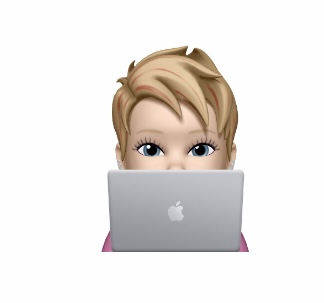
I designed my survey using mostly check box questions so that I could simplify the data I collected. I also included an open-ended question at the end to get more specific details from teachers about why they weren’t using Spaces. I send out the link to my survey to my MEd cohort and my colleagues at school. The timing wasn’t great, it was the end of term for my cohort which included the final weeks to submit assignments and report card week for my colleagues. However, I did receive 8 responses to my survey and that was enough to give me some information about the efficacy of my survey, if not a better understanding of people’s use of Spaces.
Below, you’ll find a link to my survey.
https://www.surveymonkey.com/r/MBFSXMT
So, let’s get to it, shall we?
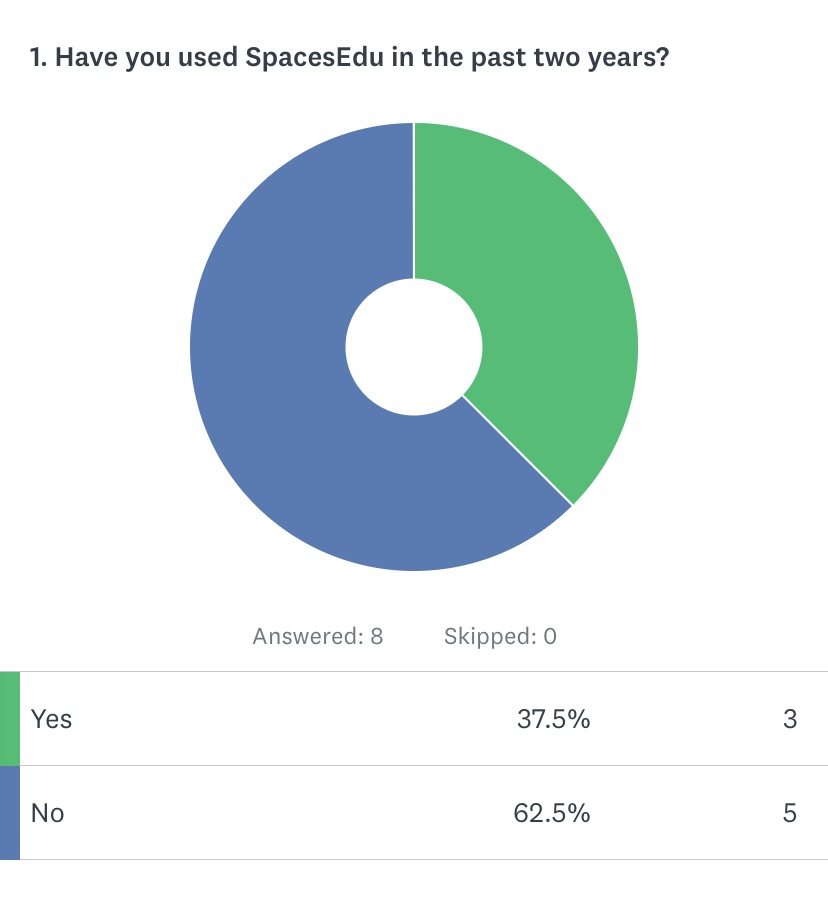
Of my 8 respondents, only three had used Spaces in the past two years. I chose this time frame because that’s when Spaces went online. It’s a new e-portfolio system and although my district has purchased it, it has not been rolled out in any real sense. In terms of this survey, next time I would like to find more people who had at least tried the app to get more accurate and informative results.

All 8 of my respondents answered this question but the information I was looking for applied to only half the respondents. This also doesn’t align with my first question considering only three people had said they’d used Spaces before, but there were four responses about creating a Space. Next time, it might be better to take out the “Both” response to try and narrow down the options.
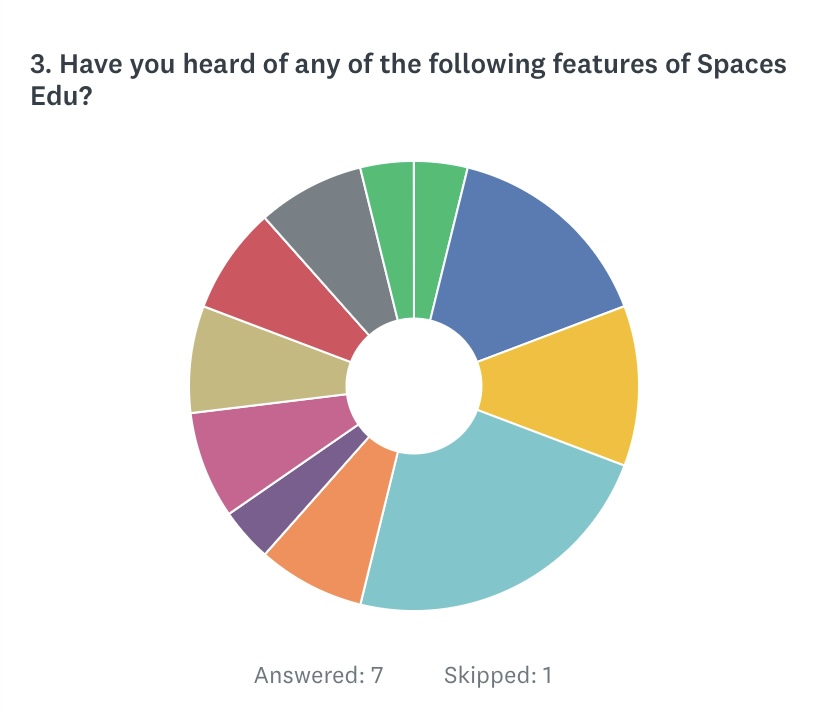
I was surprised that 1 respondent chose not to answer this question since it pertained to hearing about these features but not about using them.
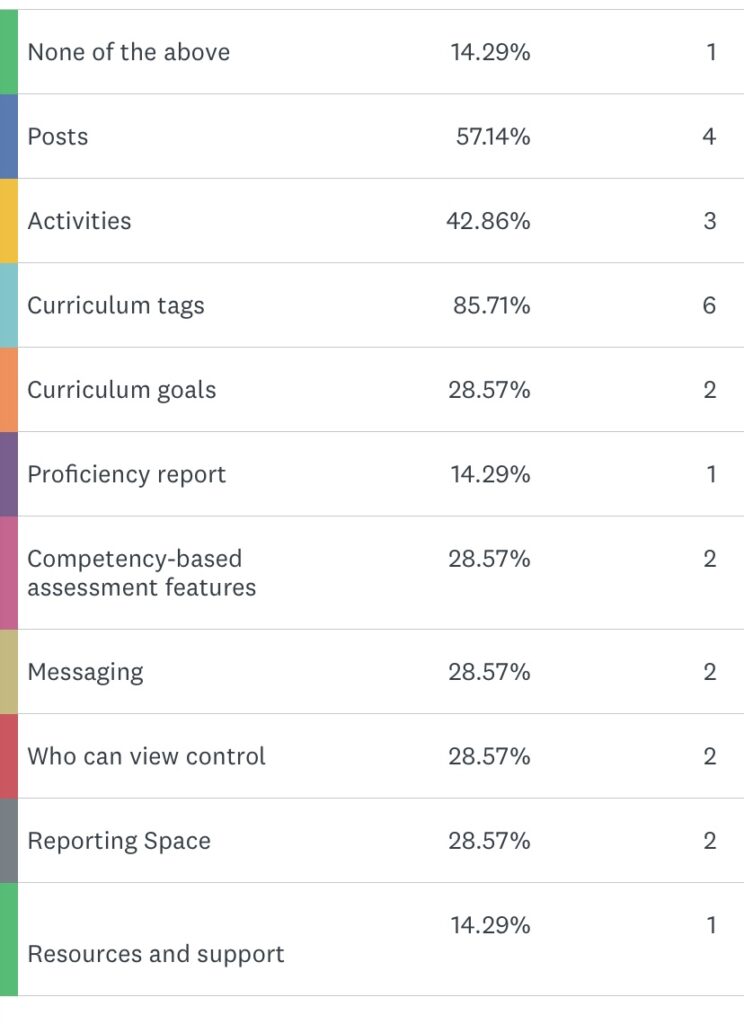
This information distinguished between people who had used Spaces before and those who had not. People who had used Spaces were familiar with most of it’s features, while those who had not used it were familiar with the concept behind it and some of the features but not as many. This was one of the questions that changed after being reviewed by my cohort because initially, I did not have a “none of the above” response. It was suggested I add this to a few of the questions to allow people who had not used the program, nor who were familiar with it a way to disclose that information.
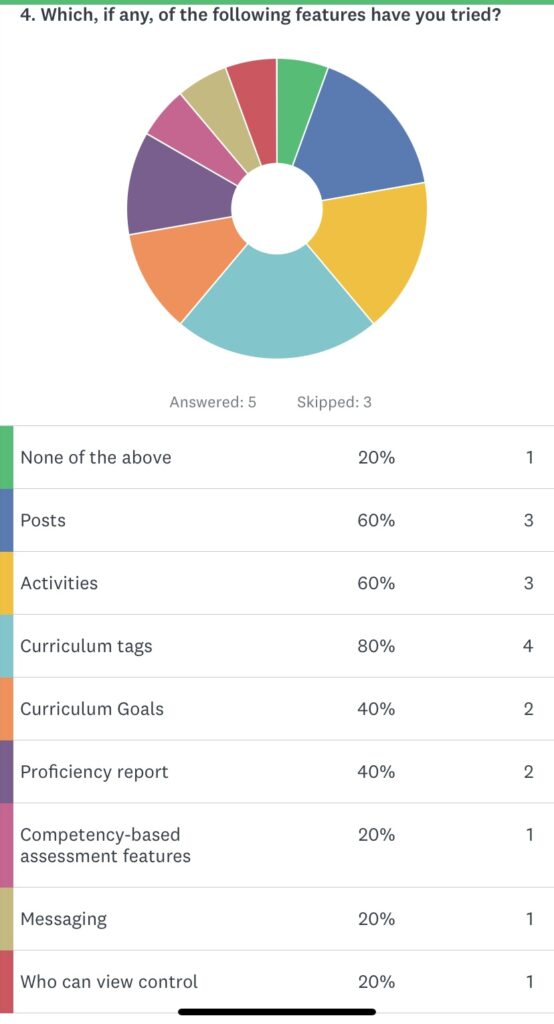
5 respondents answered this question. Again, this did not align with the first question where only 3 respondents claimed they’d used Spaces before. I would like to know more about this discrepancy. It’s likely one respondent chose the “none of the above” response while 3 others skipped the question entirely. I could infer that the 5th respondent has used curriculum tags before, but without more details I am unsure about their response. From this data, I can also infer that those who have used Spaces before are aware of it’s features but may not be familiar with all of them or the control they have as teachers within the app.
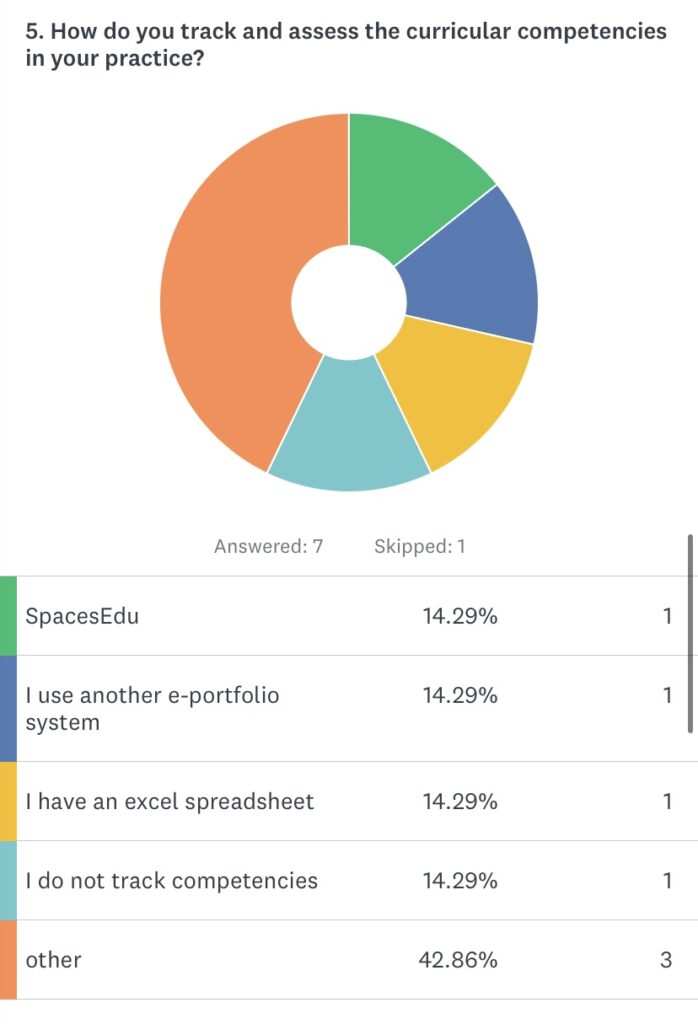
7 respondents answered this question and 1 skipped it. I added this question because using Spaces as a teacher tool to track class proficiency across the competencies is one of my areas of interest and one of the reasons I like using this app so much. However, I was concerned that the wording of the question made the assumption that all teachers should be tracking competencies. I feel it showed some bias. Also, having the “other” response left a lot of information unavailable to me. What are they using? How is it working for them?

In retrospect, this question was probably biased and unclear. The intent was to demonstrate that Spaces provides ongoing and updated reporting to parents and students about their progress. I would probably change the wording, especially the first and last response which may sound flippant or even defiant. That was not my intent. But, the data provided also makes it clear that several teachers are going above the provincial requirements for reporting out.

The response to this question surprised me. When I’m discussing e-portfolios with people one of their biggest concerns is access to tech. I was able to run my portfolios with only four class iPads so I added this question to see what people had available to them. I was pleasantly surprised to see that most students have some access to tech during the day which could support their use of an e-portfolio.

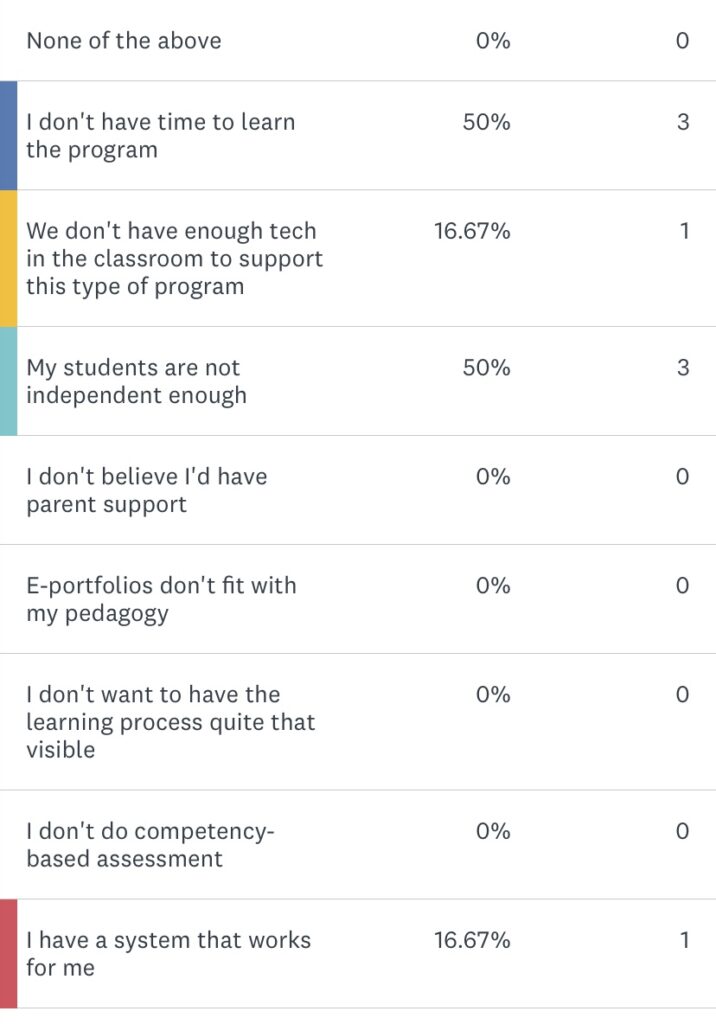
This data was significant to me. 3 of the respondents claimed that they don’t have time to learn about Spaces. 3 believe that their students are not independent enough, 1 has a system that works for them, and 1 doesn’t have the tech support to run the program. Why do I like this information? Well, much of it can be overcome. While I certainly don’t expect teachers to learn new platforms on their own time, I do think opportunities for this learning could be found and supported by the district if they were in favor of a wider rollout. Tech is also something that can be worked out in many cases, though the lack of it is a problem. Finally, the lack of independence of the students may be a significant barrier to many teachers, especially those in the primary grades. But it could also demonstrate where teachers could be using an e-portfolio without involving the kids as their own tool. I’ve discussed the advantage of this in a previous blog.
The final survey question asked: What would you need, in terms of support, to try Spaces Edu in your classroom?
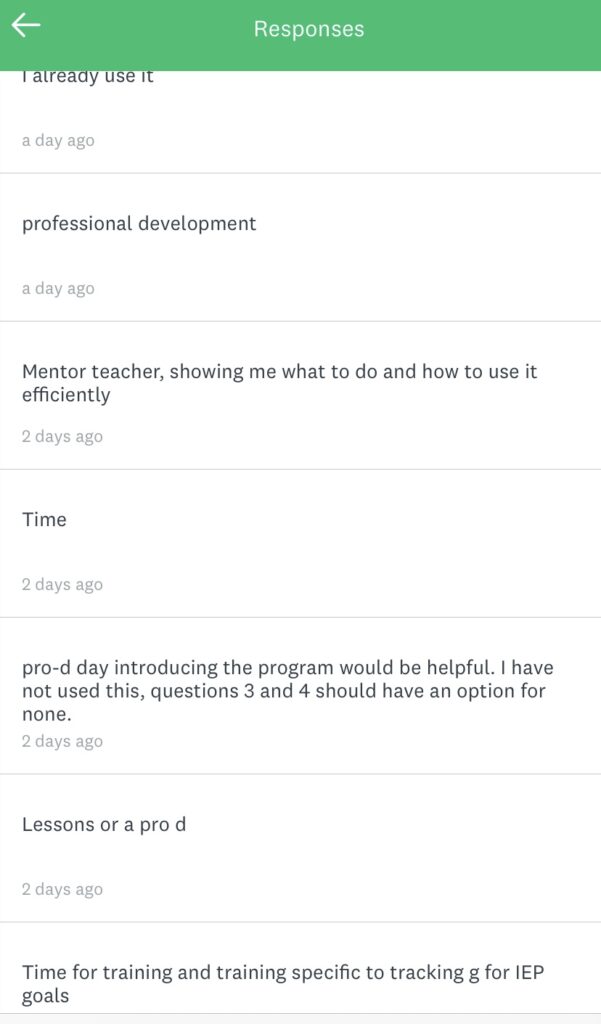
6 of my respondents answered this question. 2 did not. It could be that an e-portfolio does not fit within their job description or they may just have no desire to use one. But the 6 respondents who did answer fell into two categories: time and training. This is valuable information because it shows a willingness to learn but very real barriers to successful implementation.
In closing, I think this survey was a start. It gave me information I did not have and some answers I expected. There were some flaws with the survey itself that I would like to revise and some changes I made after the survey went out. For example, after the first respondent answered the survey, she suggested I add “none of the above” to questions 3 & 4. That was a good suggestion and I modified the survey before others viewed it. It was also later suggested that I should have had a “No, issues” selection on question #8 which asked about barriers. I would add that next time for those who do not have barriers keeping them from using Spaces.
I would also look again at some of the wording in my questions to ensure that the responses lacked bias as much as possible.
Leave a Reply